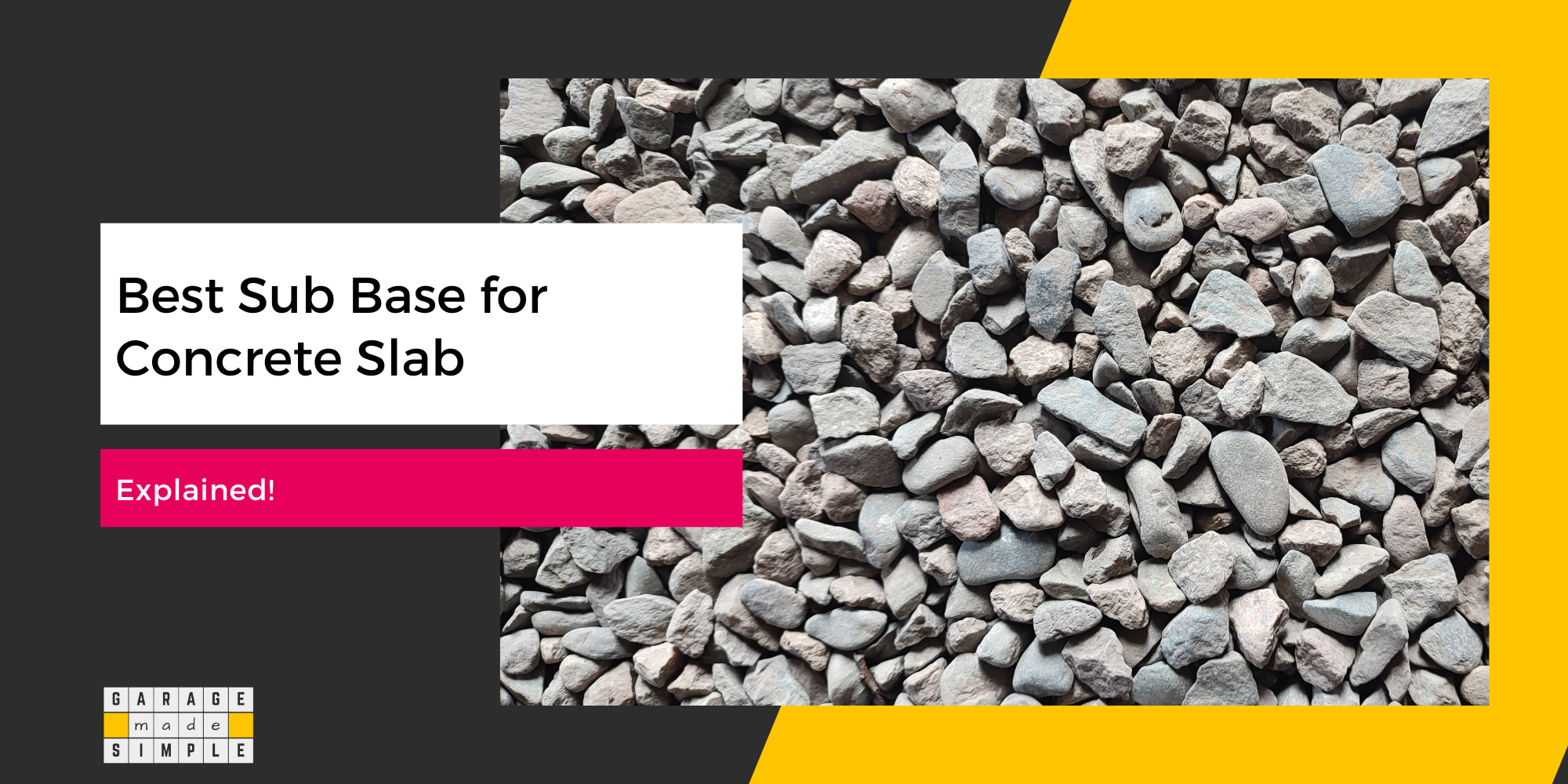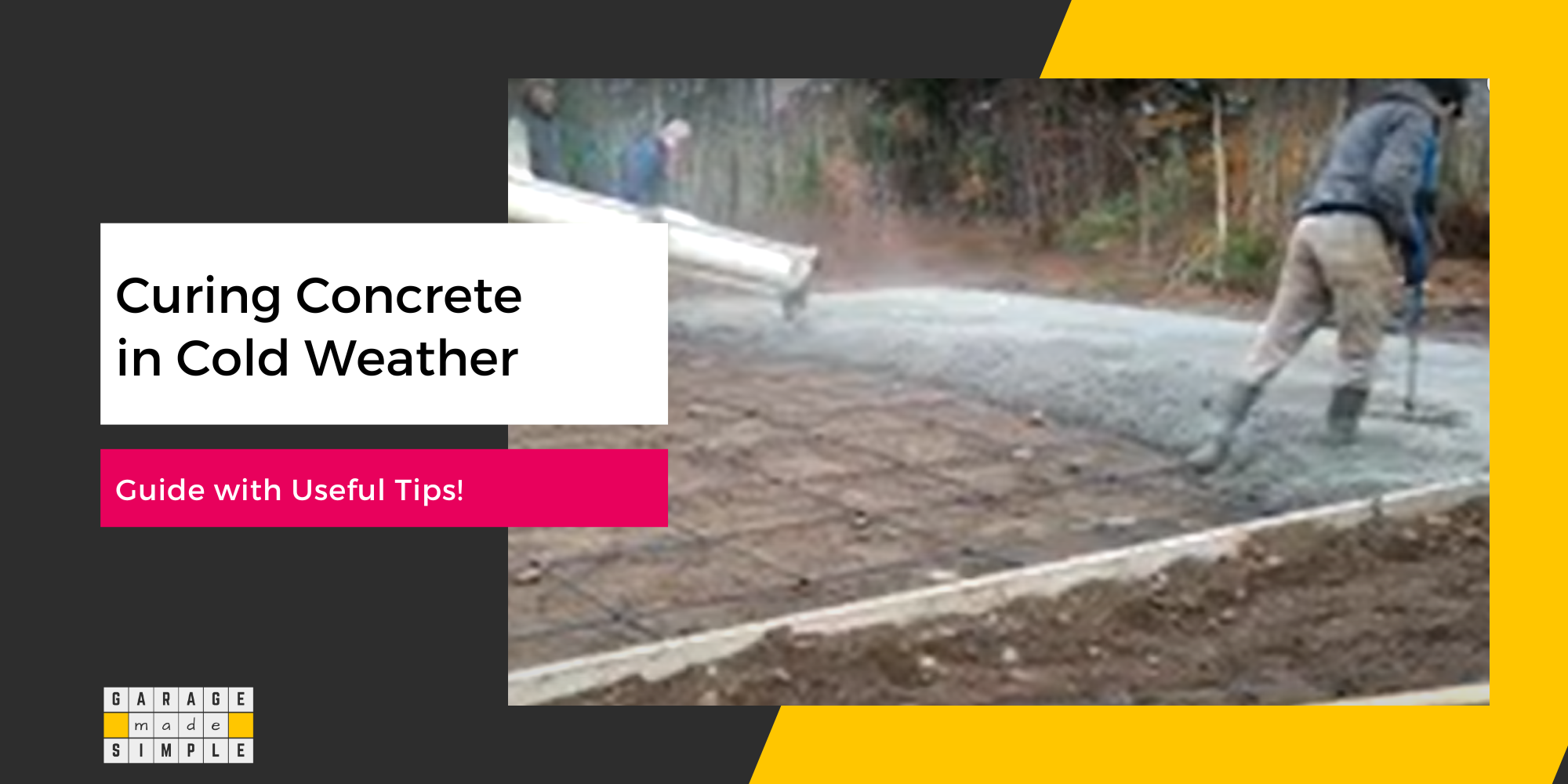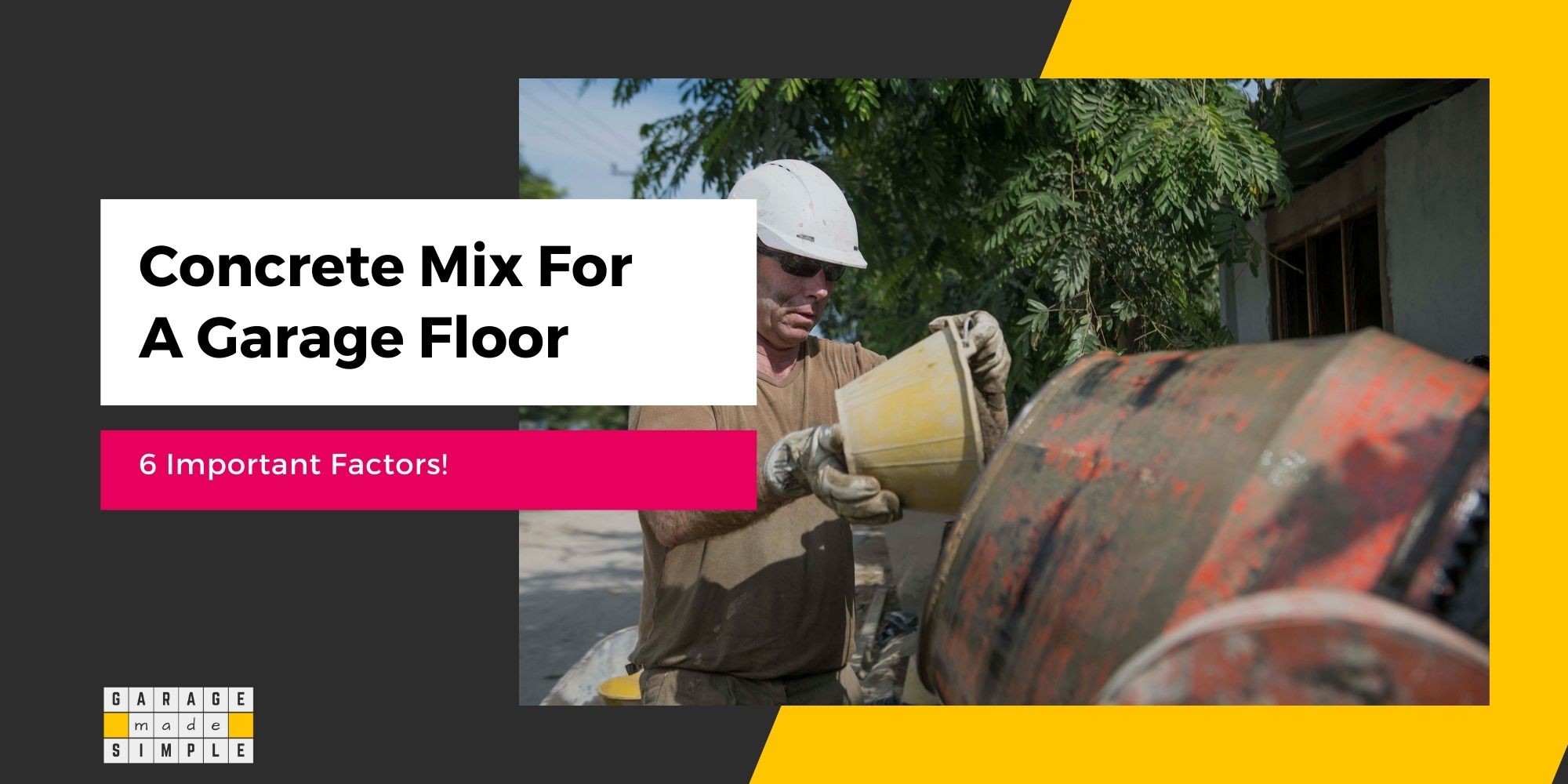3 Types of Construction Joints in Concrete Garage Floors!
As an Amazon Associate, I earn from qualifying purchases.
A clear understanding of the three main types of construction joints in concrete will let you cast concrete slab-on-grade garage floors with minimal risk of crack development and propagation.

Concrete slab-on-grade garage floors are popular due to their durability, strength, and cost-effectiveness. These slabs are constructed directly on the ground, providing a stable and flat surface ideal for supporting vehicles and other heavy loads.
However, as concrete cures and shrinks, it can crack and shift if not properly managed. This is where concrete construction joints play a crucial role.
Construction joints are intentional separations in concrete structures designed to control the natural behavior of concrete. They help manage cracking, accommodate movement, and ensure the structural integrity and longevity of the concrete slab.
Three types of construction joints in concrete are most common in concrete slab-on-grade garage floors. These are:
- Expansion Joints (aka Isolation Joints)
- Contraction Joints (aka Control Joints)
- Construction Joints
What Are the Purposes of Different Types of Construction Joints in Concrete?
The purpose of different types of construction joints in concrete is to provide space for unrestrained external or internal movement of the concrete slab, foundation, or beam.
Concrete and steel are among the most widely used construction materials globally, both known for their high compressive strength. While steel is ductile and can handle a high level of tensile and flexural stress, concrete is brittle and cracks easily under tension.
Concrete is subjected to various stresses and loads from the moment it is poured:
- Shrinkage Stress: As the water in the concrete mix evaporates, the concrete shrinks, causing cracks due to the stress from this shrinkage.
- Thermal Expansion Stress: Concrete expands with rising temperatures. Although its thermal expansion coefficient is small, it can still cause cracks if slab movement is restrained.
- Structural Load Stress: External or internal restraints on the concrete slab can lead to cracking under load.
These stresses can cause cracks in the concrete if the slab is externally or internally restrained. The different types of construction joints in concrete are introduced to provide space for unrestrained movement.
1. Expansion Joints (aka Isolation Joints)
Expansion Joints (aka Isolation Joints) are created using forms before the concrete pour. They provide space for the concrete slab-on-grade to expand and contract when the temperature changes.
Expansion joints are placed wherever the new concrete slab butts an existing slab or foundation such as the driveway, house foundation, or curb.
Without an expansion joint, the two slabs would press against each other to create unwanted stress, cracks & slab failure.
2. Contraction Joints (aka Control Joints)
Contraction Joints (aka Control Joints) are either indented in fresh concrete (or cut with a saw the next day) to encourage shrinkage cracks to stay within the joint and not spread randomly, all over the slab surface.
Concrete develops shrinkage cracks as it cures. The water and cement in the concrete mix react to form a web-like crystalline structure that binds the aggregates. The concrete shrinks when water exits and the stress causes the concrete to crack.
Control joints create a fault line. The concrete slab thickness at the joint is less than the slab thickness. The concrete is therefore more likely to crack at the control joint when it shrinks.
3. Construction Joints
Construction Joints can be a feature in large concrete garage floors. They become necessary when the entire slab can not be poured in one go. Construction joints are the interruptions between two pours.
Do Stamped Concrete Floors Need Joints?
Sometimes concrete garage floors may be stamped for a unique look. You may think that stamped concrete will not need contraction (control) joints as it already has indentations. However, this is not true as the indentations are not deep enough.
The depth of the contraction (control) joints needs to be at least ¼th of the concrete thickness to be effective. A stamped concrete floor that is 4” thick will need to have control joints that are 1“ deep.
In case, the stamped concrete floor has a pattern with straight lines, such as slate, cobblestone, etc. cut the control joints along those lines, as far as possible. This way the control joints become a part of the pattern.
Moreover, you will still need expansion joints where the floor meets the home foundation or any other obstruction such as a pillar or a manhole.
Should Concrete Joints be Sealed?
Yes, concrete joints must always be sealed to prevent water from seeping under the concrete and causing damage. Concrete expands and contracts with temperature. The expansion joints allow movement without cracking the concrete.
It is relatively easy to seal concrete joints and can be done by any DIYer. The first step is to clean the joints with a wire brush to remove dirt and debris. Then, a flexible sealant, such as polyurethane sealant, should be applied to the joints.
Finally, a topical concrete sealer must be applied over the garage floor.
Thank you very much for reading the post. I do hope you found it informative and useful.






